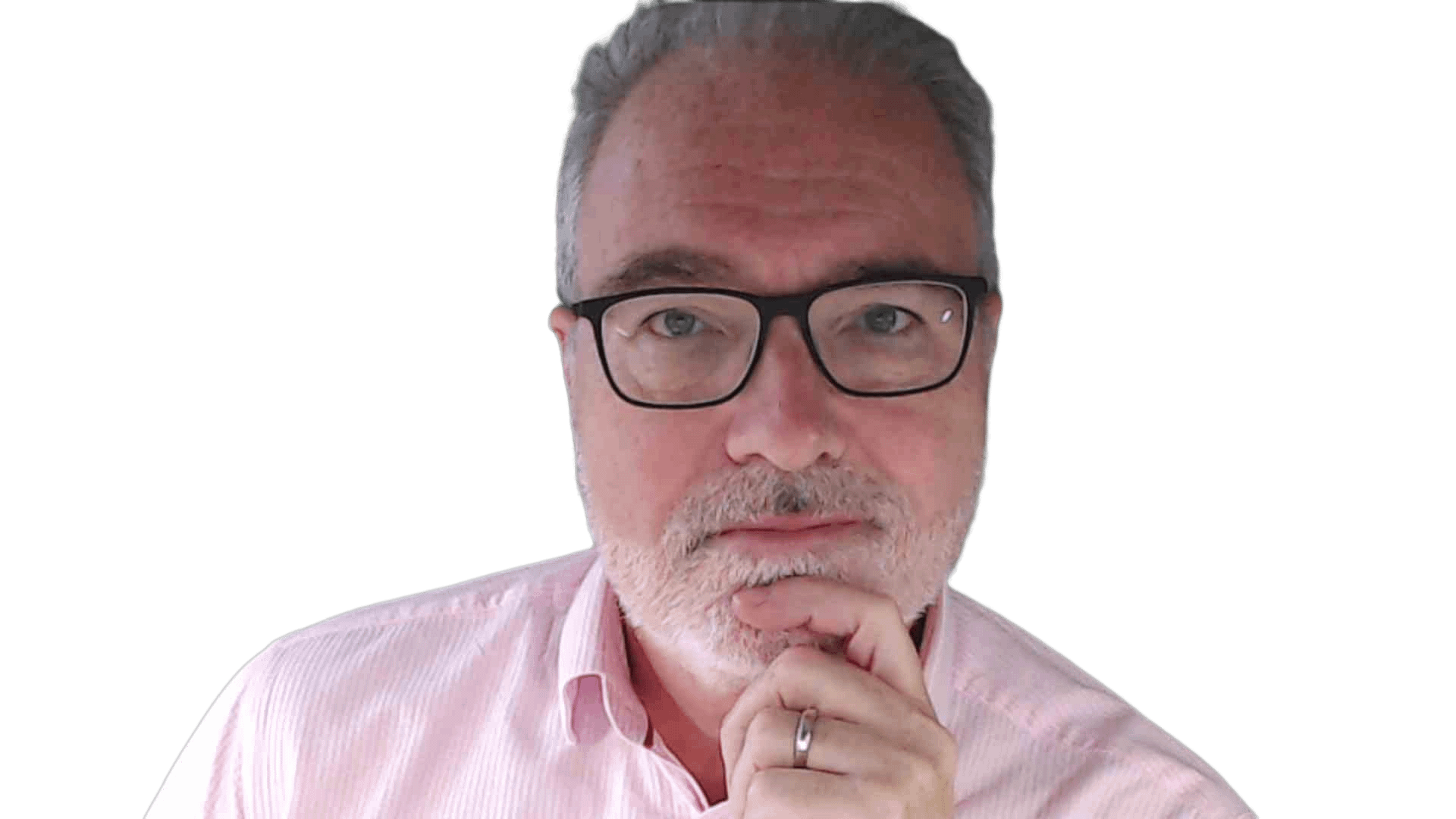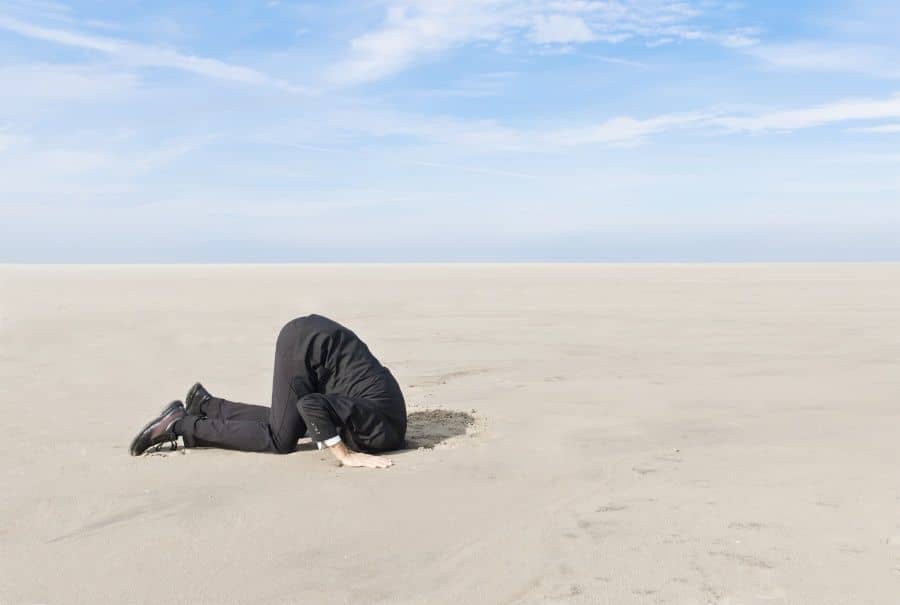Where do you stand on body language? Hopefully not slouching and with your arms crossed?

Body language has become big business. There are many “experts” appearing on TV and in the press who analyse body language in interviews. They tell us what a particular celebrity or politician was thinking, but not saying.
In a business context, the internet is jam-packed with words of wisdom for candidates on how to successfully use body language in interviews.
Read a few of those pages and you’ll be left in no doubt that body language is a critical success factor in interviews. It’s frequently said that our non-verbal cues speak volumes. This leads many interviewees – and interviewers alike – to place significant importance on understanding these silent signals.
It’s been brought home to me this week, while talking to a successful business owner. We were discussing the value and benefits of using assessments in recruitment. He told me that he “doesn’t need” assessment as he mostly makes his decision to hire, or not, on a candidate’s body language in the interview. This seems largely based on how “confident” the candidate’s posture is, and their handshake. This business owner is unlikely to become a client of mine!
Classic interview body language tips
I’m sure you’re familiar with the standard tips: maintain steady eye contact, offer a firm handshake, sit up straight, and, whatever you do, don’t cross your arms or fidget! Plus, of course, the common advice is to “mirror” the movements and gestures of the interviewer to build rapport.
This can result in a complicated mix of actions, expressions, and postures that supposedly unlocks the door to your dream job, or hiring your perfect candidate. Some studies suggest that as much as 93% of communication is non-verbal. If so, it means someone’s words might only account for a measly 7% of the impression they make.
And if this is the case, then the business owner I spoke with must be on to something.
But is it that simple?
I’ve been interviewing and hiring people for many years. I have many examples where I’ve encouraged clients not to jump to conclusions about candidates. But, I can’t think of one occasion when my decision was solely made because of someone’s body language.
Of course, I do notice how people present and behave during interviews. But, if candidates are told by the internet that their body language will be under intense scrutiny, how does this affect their behaviour? And especially if they are already a little nervous, or anxious, about the situation they are in.
Perhaps, some candidates may become overly conscious of their every move, leading to unnatural (for them) behaviours. When they should be focused on demonstrating their knowledge and experience in an interview, they might be too caught up in whether they are sitting upright, or if they are maintaining the ‘appropriate’ amount of eye contact.
This hyper-awareness can potentially hamper authentic communication. What’s more, it can lead to misunderstandings. Interviewers, armed with a checklist of body language ‘red flags’, may misinterpret innocent gestures.
The danger lies not in the body language itself, but in reading too much into it.
It’s not a science
Reading and interpreting body language in interviews is not an exact science. And it can be incredibly difficult to do accurately. Even “experts” can have different interpretations of the same gesture or movement. This means that you should take any conclusions you draw from body language with a grain of salt.
Remember that everyone expresses themselves differently. So, you should always pay more attention to what comes out of the candidate’s mouth than their body language. Asking questions, giving prompts, and listening carefully will provide far more valuable insights into a candidate’s skills and abilities than trying to “read” them.
Is that candidate rubbing their nose because they are lying? Or do they just have an itch? Is lack of constant eye contact a sign of deceit, or simply some social awkwardness?
Similarly, crossing arms is said to indicate a lack of interest in what is being said. I have to confess here that I am someone who naturally crosses my arms across my body. Whether sitting or standing, I am most comfortable that way: I’ve never felt the need to let my arms dangle. I can assure you it doesn’t mean I’m not interested in what you are saying. I have other ways of letting you know that 😊.
I also tend to look around while I’m thinking. So, instead of staring at someone while I think, I tend to gaze into the distance, or upwards. Both of these have been decoded by experts as revealing untruthfulness, or disinterest. When all I’m doing is collecting my thoughts!
In addition to nose rubs, poor eye contact, and crossed arms, there are many other body language signals that often have innocent explanations.
I once sat in the end chair on an interview panel. One candidate, facing the panel, yawned in the middle of one of their answers. In the wash-up discussion, some members wanted to discount that candidate on the basis that “she was obviously bored”. I pointed out that the candidate yawned, as I did, as an involuntary response to one of the other panel members yawning (I was able to see that he had been yawning for much of the afternoon!) So she was not bored. It was just a natural, human reaction.

I’ve also been a fidgety interviewee, finding it hard on one occasion to sit still during the meeting. Again, not bored, just perched on a very uncomfortable chair.
Body language in interviews – some pitfalls
If you are responsible for interviewing, you should be aware of the pitfalls of relying too heavily on body language in interviews. In addition to the examples offered above, here are some other issues I have seen in my career to consider.
Nervousness is entirely natural during interviews. This can result in people fidgeting, having shaky hands or legs. I’ve experienced some interviewers instantly interpret this as dishonesty. This is a dangerous assumption.
Introverted, or shy, candidates may not exhibit the same level of outward confidence as extroverts. This can mean they don’t project themselves verbally, or physically as much as others. But that doesn’t necessarily mean they’re not competent, or not passionate, about the role. Many make the mistake of equating extraversion (or the portrayal of it) with confidence and ability.
Cultural Differences can have a big impact on someone’s body language. What is considered appropriate body language can vary widely across cultures. This can range from use of eye contact to the firmness of a handshake. What might be seen as confidence in one culture could be perceived as arrogance in another. It’s essential to consider cultural nuances when assessing and comparing diverse candidates.
Stereotyping is an easy trap interviewers can fall into. Believing that a particular gesture or expression always means the same thing in different people is problematic. People have unique personalities and experiences that can influence their body language. Avoid making sweeping assumptions based on stereotypes.
Confirmation bias is another problem that reading body language can cause. Some people can be quick to interpret cues in a way that confirms their preconceived notions about the candidate.
Neurodivergent candidates often have atypical behaviours, movements, and emotions. Finding an alternative to the traditional interview, or making adjustments, may be appropriate for candidates who notify the interviewer in advance. But it is my experience that some don’t – and others are undiagnosed, or unaware, of their condition. All regular interviewers should receive training and awareness in supporting neurodivergent candidates to achieve their potential.
All the above can lead to unfair decisions. And unfair decisions potentially result in a challenge, or perhaps a claim. And that’s not something any interviewer wants.
Balancing body language with other interview techniques
A good interview and selection process takes into consideration all the information and evidence it can establish. An experienced recruiter will focus on asking a variety of questions to learn about, and understand, the candidate.
Whilst it is useful to be aware of a candidate’s body language in interviews, it should be used in conjunction with, not take precedence over, other findings. It is also really helpful to use a variety of psychological assessments to provide an objective view of behaviours, style, and preferences.
When candidates display unusual, or potentially “red flag”, body language in an interview, then I tend to dig deeper in my questioning. In the same way that a poorly answered interview question gets revisited, then any non-verbal communication that doesn’t align with the spoken answers is explored further. That can be as straightforward as asking why the candidate is struggling with eye contact, has a twitchy knee. Or just asking if they are nervous.
The best recruiters are experienced and knowledgeable in assessing candidates for a role – and this includes using both verbal and non-verbal cues to make an informed decision. So, I’ll leave the business owner referred to earlier to his detective work and wish him well.
And to show that body language in interviews is not only about the candidate, I’ll leave you with another true story..
One afternoon, early in my recruitment career, I was sitting in my office. There was a timid knock on my door and a head nervously peered through. It was a job candidate who was being interviewed by one of my colleagues in the next-door office. The candidate told me that the interviewer, my colleague, had fallen asleep during the interview, head back in his chair, and was snoring. He didn’t want to wake him up and so came to tell me he was leaving.
Despite everything I’ve written in this piece, sometimes your body language and action does speak louder than your words!
If you, or your organisation, need help with interviewing skills or recruiting great talent then we’d love to hear from you.





